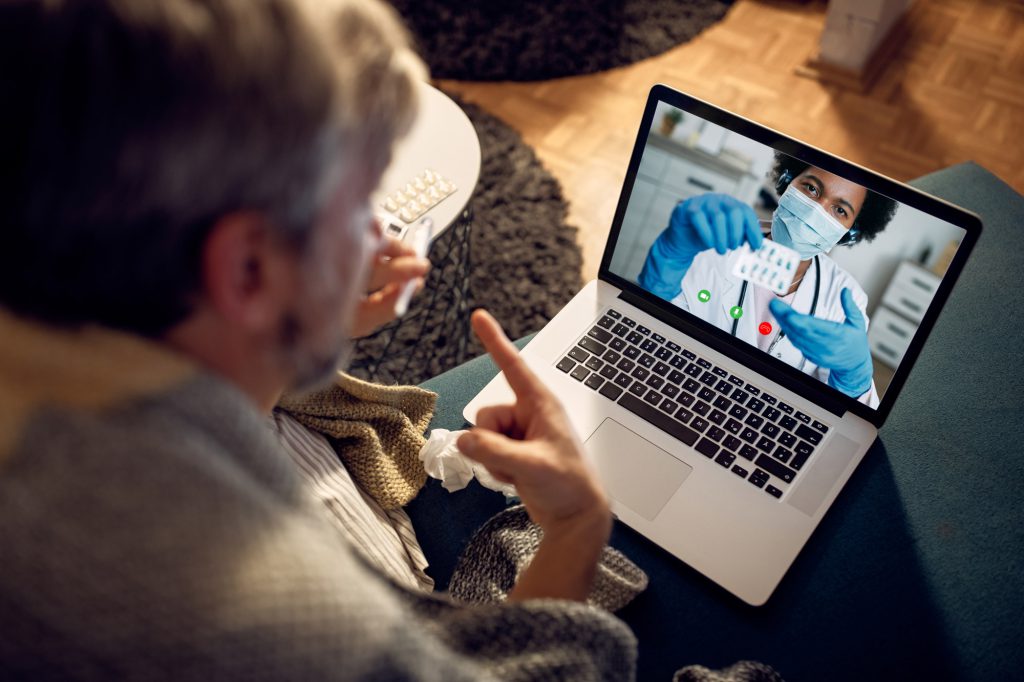“Revolutionizing Healthcare: The Role of Remote Patient Monitoring and Telemedicine in Modern Medicine”
Remote Patient Monitoring (RPM) and telemedicine have revolutionized healthcare by enabling continuous patient observation and remote consultations. These technologies enhance patient outcomes, reduce hospital readmissions, and increase access to care, especially in underserved areas.
Remote Patient Monitoring
RPM involves the use of digital technologies to collect health data from patients in one location and electronically transmit it to healthcare providers in a different location for assessment and recommendations. This approach allows for real-time monitoring of chronic conditions such as diabetes, heart disease, and respiratory illnesses. For instance, patients with chronic obstructive pulmonary disease (COPD) can benefit from RPM through increased knowledge, earlier interventions, and shared decision-making, although considerations about cost and patient responsibility have been noted.
The integration of artificial intelligence (AI) into RPM systems has further enhanced their capabilities. AI algorithms can analyze vast amounts of patient data to predict medical interventions, enabling timely responses to potential health deteriorations. A study on AI in RPM highlighted its potential to improve patient monitoring and decision support systems.
Telemedicine
Telemedicine refers to the practice of using telecommunications technology to provide clinical healthcare remotely. It encompasses a broad range of services, including virtual consultations, remote diagnostics, and patient education. The COVID-19 pandemic significantly accelerated the adoption of telemedicine, demonstrating its effectiveness in maintaining healthcare access during times of crisis. For example, telemedicine has been instrumental in providing care to patients in rural areas, reducing the need for travel and allowing for same-day discharge in certain surgical cases.
The balance between telemedicine and in-person care is crucial. While telemedicine offers convenience and broader access, certain situations require physical examinations that can only be conducted face-to-face. Patients and healthcare providers must collaborate to determine the most appropriate mode of care based on individual needs and circumstances.
Integration and Future Prospects
The convergence of RPM and telemedicine is creating a more interconnected and patient-centered healthcare system. This integration facilitates continuous monitoring and immediate consultations, leading to proactive management of health conditions. Technological advancements, such as the Internet of Things (IoT) and AI, are expected to further enhance the effectiveness and efficiency of these healthcare delivery models. For instance, IoT-based remote health monitoring systems employing smart sensors have been developed to monitor asthma patients during the COVID-19 pandemic, showcasing the potential of combining RPM with telemedicine.
In conclusion, Remote Patient Monitoring and telemedicine are transforming healthcare by providing continuous, accessible, and efficient patient care. As technology continues to evolve, these modalities will play an increasingly vital role in meeting the healthcare needs of diverse populations.
Certainly! Here is the properly formatted reference list with clickable citations, adhering to academic standards:
1. “Remote health a boost for rural medicine.” Daily Telegraph. Retrieved from https://www.dailytelegraph.com.au/bush-summit/monitoring-patients-remotely-to-improve-health-outcomes-in-regional-areas/news-story/93053eb322acadeb71d871ec9be841c2
2. “How to find the right balance between telemedicine and in-person care.” AP News. Retrieved from https://apnews.com/article/eb70627d08ef0428118698c27d223bb7
3. “Remote Patient Monitoring.” Wikipedia. Retrieved from https://en.wikipedia.org/wiki/Remote_patient_monitoring
4. “AI and Remote Patient Monitoring.” arXiv. Retrieved from https://arxiv.org/abs/2301.10009
5. “IoT-based Remote Health Monitoring Systems.” arXiv. Retrieved from https://arxiv.org/abs/2304.06511
